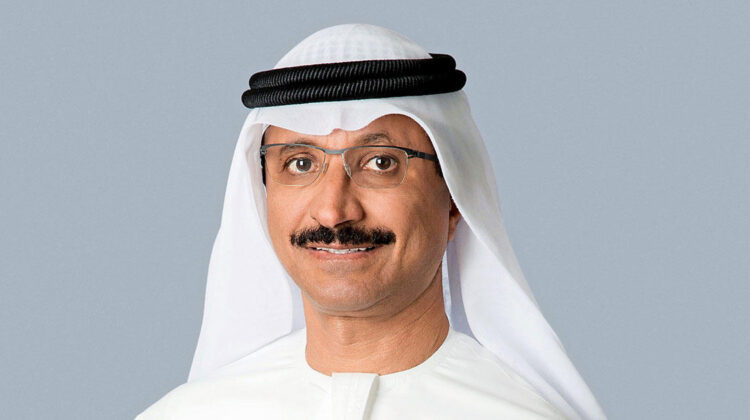
Building Latin America back from reality-shock to resilience : Sultan Ahmed Bin Sulayem, Group Chairman & CEO of DP World
DUBAI : The start of the pandemic triggered a harsh reality shock for Latin America, with most countries ill-prepared to respond to the crisis. At the time, longstanding infrastructure and supply chain issues were brought to bear as trading delays and supply chain inefficiencies severely cut the region’s momentum for growth.
Just over a year later, the region has displayed remarkable resilience and represents a stronger economic position than many analysts had predicted. The WTO found last month that South America managed to keep export declines under the global average, posting drops for 2020 of just 4.5%. And as the middle class continues to grow across the region, quality of life improves, and consumer product imports soar, major trading hubs from Peru to the Dominican Republic are poised to unlock new sources of growth from world trade.
This position of growth has, somewhat ironically, been triggered by the pandemic. Lockdowns have driven consumers online, catalysing the region’s uptick in mobile adoption pre-COVID and resulting in a surge of e-commerce demand from a wider range of overseas markets.
We know from our Trade in Transition survey, conducted in partnership with The Economist Intelligence Unit, that almost a third of South American supply chain decision makers attribute their business expansion to growing consumer demand in the region. And an overwhelming majority (78.5%) of those leaders are optimistic that international sales revenues will expand post-COVID.
But while there are some prevailing head winds setting the region on course for new opportunities and growth, there are volatile challenges to match.
Political and social unrest, unavoidably long distances to key markets in the Middle East, Europe and Asia, and delays to vaccine distribution are just a few contexts public and private sector leaders must wrestle with.
Regarding its trade strength specifically, inadequate in-land infrastructure continues to prevent Latin America from keeping pace with global trade flows. The region as a whole is thought to spend less than 3% of GDP on infrastructure, which contrasts with nearly 8% of GDP for East Asia.
Moving produce from farm to port too often requires expensive and inefficient navigation of complex road systems and geographies. This is at odds with a region relied on by the world for its agricultural exports year-round. Latin America’s agricultural exports are able to fill seasonal windows of the calendar where other export hubs cannot.
Peruvian blueberries come precisely in time for Thanksgiving in the U.S; Chilean grapes meet the North American rush for Christmas season and Chinese New Year; and the region’s bananas arrive in Europe in time for kids going back to school.
Globalisation has opened Latin America’s exports up to the world, but the region can’t reap the benefits long term if its infrastructure isn’t up to the task.
We are investing heavily in landside logistics to enable trade to flow more easily and competitively between markets. Throughout 2020 and into 2021, every DP World unit in Latin America has been investing in the organisational business capabilities required to complement port operations, from storage facilities through to reefer technology, critical for the movement of fresh cargo. And of course, vaccines.
Our Callao port expansion in Peru will also create one of the biggest single terminals in South America once completed in 2023, and we are currently working to expand our Caucedo site into a comprehensive logistics park, with light manufacturing capabilities and robust warehousing.
Investments in infrastructure are critical to ensuring Latin American can catch up and keep up with other fast-industrialising markets, while bolstering its own resilience for future crises.
I’ve been particularly impressed with how the government of the Dominican Republic has embraced free trade at the heart of its vision for enabling economic growth. They are just one of many partners I am proud to collaborate with as we work to help the region establish and promote new direct routes to Europe and the Middle East, and embed itself in the post-pandemic global trade economy for the long-run.
Source : Author — Sultan Ahmed Bin Sulayem, Group Chairman & CEO of DP World
